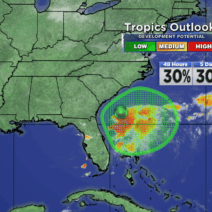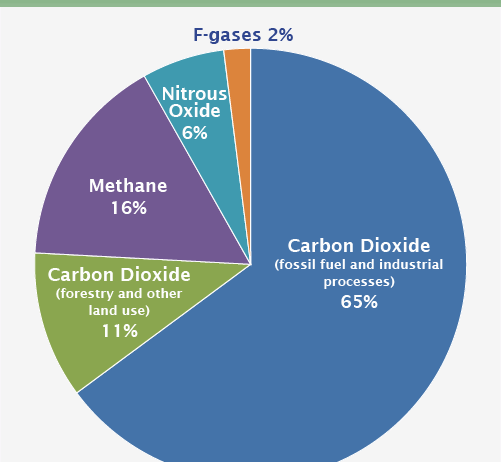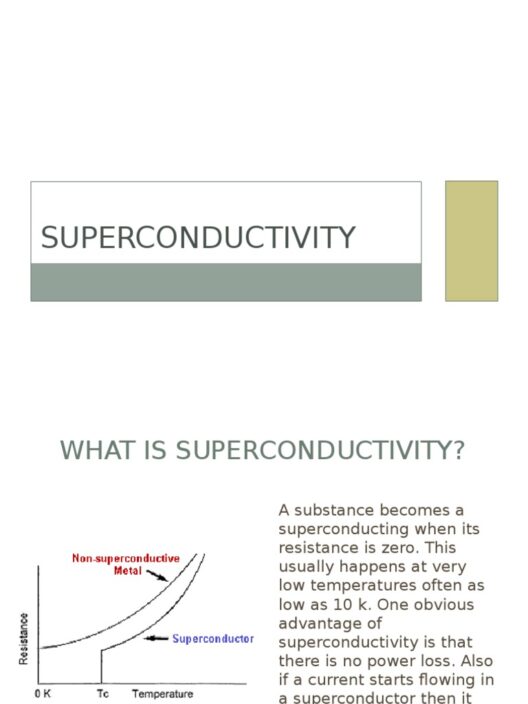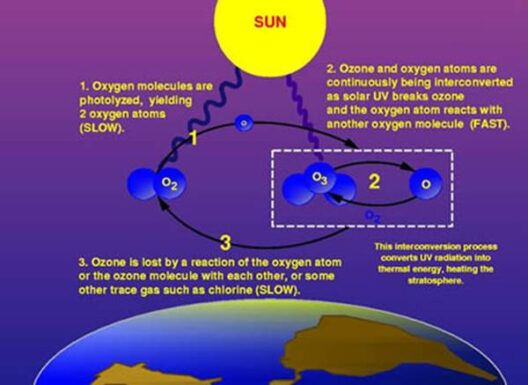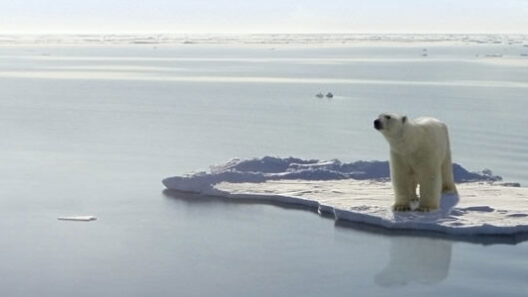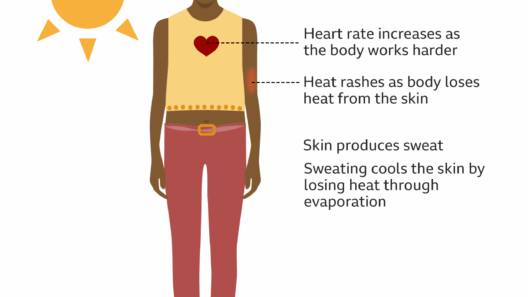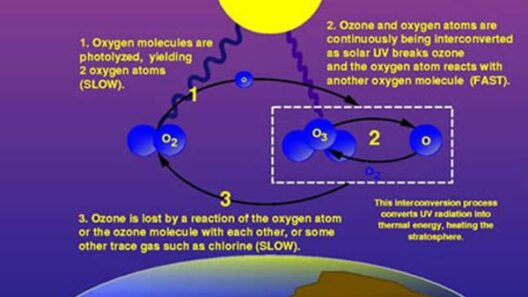Global warming, a phenomenon stemming from the increase in Earth’s average temperature, is largely driven by the accumulation of greenhouse gases (GHGs) in the atmosphere. Among these gases, carbon dioxide (CO₂) and methane (CH₄) play significant roles. Understanding their contributions to global warming requires an examination of their sources, behaviors, and impacts.
Carbon Dioxide: The Quintessential Greenhouse Gas
Carbon dioxide, a compound composed of one carbon atom and two oxygen atoms, is emblematic of anthropogenic climate change. Released primarily through the combustion of fossil fuels—such as coal, oil, and gas—its origins extend beyond human activity; natural processes like respiration and volcanic eruptions also contribute to its atmospheric presence. However, the destabilizing factor lies in the substantial increase in CO₂ emissions attributable to human endeavors since the Industrial Revolution.
Once released into the atmosphere, CO₂ has a long atmospheric lifetime. It can persist for hundreds to thousands of years, effectively trapping heat through the greenhouse effect. This process begins when solar radiation reaches the Earth’s surface. Some of this radiation is absorbed and warms the planet, while the rest is re-emitted as infrared radiation. CO₂ molecules absorb and re-radiate this infrared energy back toward the surface, thereby perpetuating the warming cycle.
While the role of CO₂ as a greenhouse gas is well-documented, its impact is proportionate to its concentration in the atmosphere. Over the past century, levels have surged from approximately 280 parts per million (ppm) to over 410 ppm, resulting in a considerable intensification of the greenhouse effect. Scientific models indicate that higher CO₂ concentrations correlate with rising global temperatures, altered weather patterns, and increased frequency of extreme weather events.
Methane: A Potent but Short-Lived Greenhouse Gas
Methane, a compound comprised of one carbon atom and four hydrogen atoms, presents a different profile in the context of global warming. Although it is present in the atmosphere at much lower concentrations than CO₂—approximately 1,900 ppb compared to CO₂’s ppm figures—methane wields a far greater short-term warming potential. Specifically, over a 20-year period, methane is estimated to be over 80 times more effective at trapping heat than CO₂.
The primary sources of methane emissions stem from agricultural practices, waste management, and fossil fuel extraction. Livestock digestion, particularly in ruminants like cows, produces methane through a process known as enteric fermentation. Landfills, which generate methane as organic waste decomposes anaerobically, also contribute significantly to atmospheric levels. Furthermore, oil and gas extraction processes leak methane directly into the atmosphere during both production and distribution phases.
Despite its potency as a greenhouse gas, methane has a shorter atmospheric residence time—ranging from about a decade to 12 years—before it is broken down into carbon dioxide and water vapor via photochemical reactions in the atmosphere. While this means its long-term impacts are less pronounced compared to CO₂, the immediate effects can be devastating. Spikes in methane concentrations can lead to rapid short-term warming, exacerbating climate change and disrupting ecological balances.
The Interplay Between CO₂ and CH₄
Understanding the dynamics between carbon dioxide and methane is crucial for comprehending their collective impact on global warming. High concentrations of both gases create a cumulative effect that can catalyze shifts in climate systems. For instance, an increase in atmospheric temperature can enhance methane emissions from natural sources, such as wetlands, creating a feedback loop that accelerates warming. Similarly, rising temperatures can increase the rate of decomposition of organic material, resulting in further emissions of both gases.
Furthermore, the relationship between carbon dioxide and methane extends to the realm of policy and mitigation. Reducing CO₂ emissions has been the primary focus of climate policies. However, there is growing recognition of the need to also address methane emissions. Targeting both gases concurrently can yield immediate and delayed benefits, as reducing methane levels can lead to a relatively quick stabilization of global temperatures, allowing more time to effectively manage CO₂ reductions.
Mitigation Strategies: Choices and Challenges
Effective mitigation strategies must consider both carbon dioxide and methane. For CO₂, transitioning to renewable energy sources, enhancing energy efficiency, and promoting afforestation efforts are essential. The development of carbon capture and storage technologies also shows promise in reducing the amount of CO₂ released into the atmosphere.
Conversely, addressing methane emissions involves diverse strategies. This includes improving agricultural practices—such as better manure management and dietary changes for livestock—to reduce enteric fermentation emissions. Innovations in waste management, like anaerobic digestion, can help capture methane produced in landfills. Additionally, monitoring and repairing leaks within natural gas pipelines can significantly mitigate emissions from this sector.
Conclusion: The Imperative of Action
The contributions of carbon dioxide and methane to global warming cannot be overstated. As the planet endures increasingly erratic weather patterns, sea level rise, and biodiversity loss, the imperative for action becomes more urgent. Integrative approaches that target the reduction of both gases are essential for steering the planet toward a more sustainable future. Proactive steps at individual, corporate, and governmental levels are critical for curtailing emissions and fostering a resilient global ecosystem.
In the face of overwhelming scientific consensus, the call to action is not simply a choice but a necessity. The time for comprehensive, multifaceted strategies to combat climate change is now.
